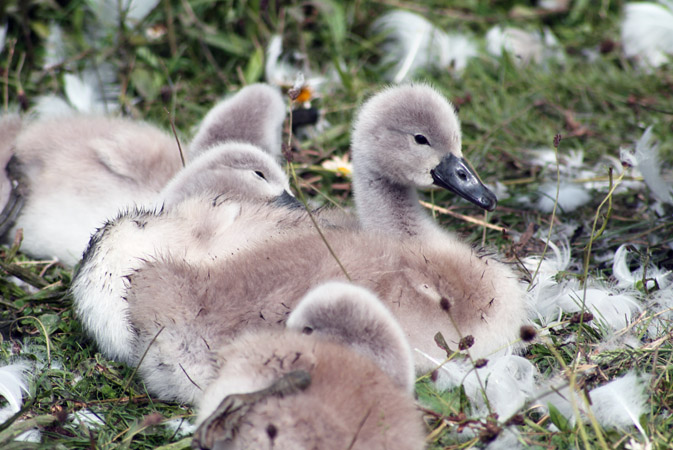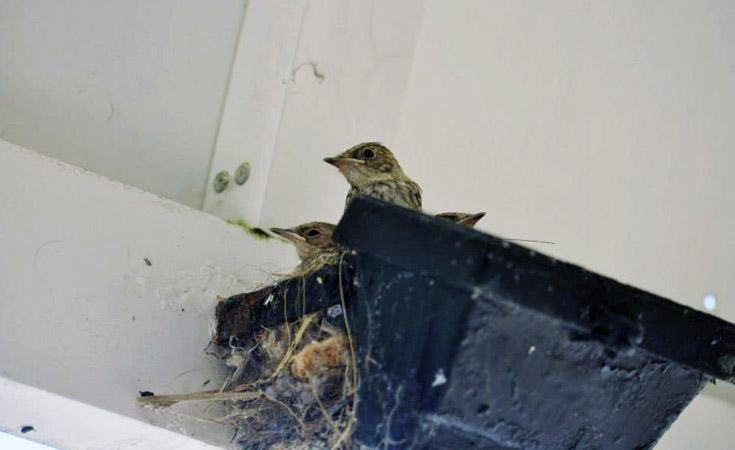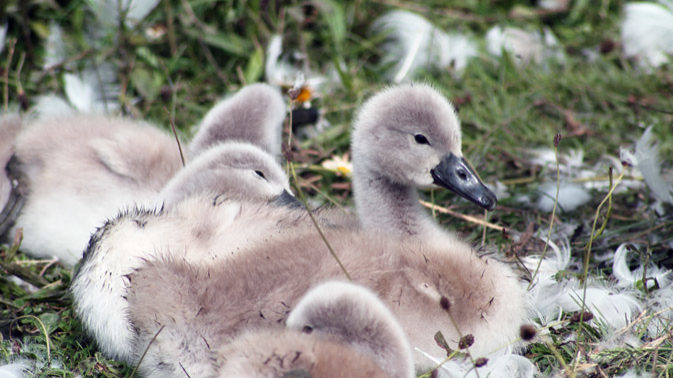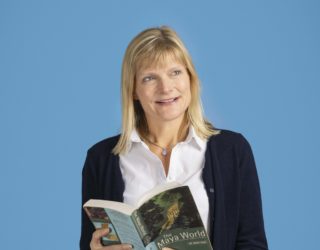With more than 240 regularly-breeding species in the UK, birds are one of our most diverse and well-loved groups of fauna; in fact, over 70% of British households feed their garden’s avian visitors on a daily basis. But does this familiarity translate to an understanding of the legal protection afforded to birds, during their most important time of the year, the breeding season?
Under the Wildlife and Countryside Act 1981 all wild birds, their nests and their eggs are protected from destruction or disturbance. Here we explain how Thomson uses breeding bird surveys to assess the significance of sites for bird-life, to inform developers on how they can legally proceed with their projects with minimum disturbance to birds.

Breeding birds – when and where?
Natural England defines the breeding bird season as being between March and August inclusive, but, some common bird species such as Wood-pigeon and Blackbird will readily nest in every month of the year. Developers should consider breeding birds regardless of when the works are due to be carried out and due to ecological factors, Thomson advises breeding bird surveys to be carried out at specific times of the year.
Surveying for breeding birds
A breeding bird survey consists of between three and six site visits by an experienced ecologist during the main breeding season of 1 March – 31 July. A pre-defined transect route is followed round the site, thus ensuring that the entire development area is visited. Every individual bird that is observed or heard is recorded on a map, with specialised notation used to depict crucial information – including their species, age, sex and behaviour.
Over the course of several visits this information is used to build up a picture of the breeding bird territories across the survey site, providing an assessment of the importance of the site and those species found within it. The results of the surveys can then be used to inform potential adjustments to the development plans to minimise the disturbance to breeding bird species, or to plan appropriate mitigation measures should areas of habitat be lost due to site works.

What does this mean for developers?
The sections of The Wildlife and Countryside Act 1981 that are relevant to our breeding bird surveys are those that provide protection to wild birds by making it an offence to:
- Intentionally kill, injure or take any wild bird
- Intentionally take, damage or destroy the nest of any wild bird while it is in use or being built
- Intentionally take or destroy the egg of any wild bird
- Use traps or similar items to kill, injure or take wild birds
- Intentionally or recklessly disturb any wild bird listed on Schedule 1 while it is nest building, or at a nest containing eggs or young, or disturb the dependent young of such a bird.
The importance of carrying out breeding bird surveys is therefore clear, as the penalties associated with any of the above offences include an unlimited fine, up to six months imprisonment, or both. So, what then is the best way to deliver a fully ecologically compliant project?
How we can help
Being experts in environmental compliance, we can take care of everything from a preliminary ecological appraisal, protected bird species surveys, right through to ecological mitigation works. For a quote, please contact us today.











